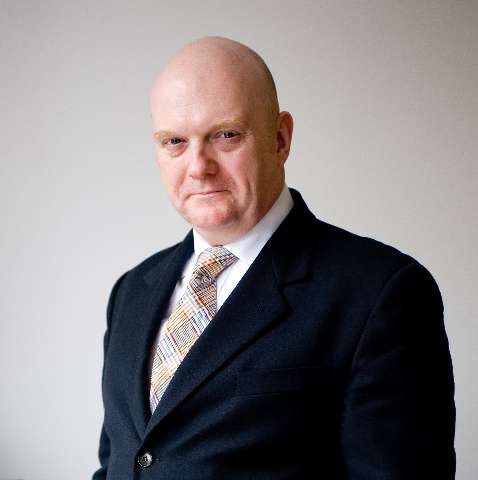Any performance graced by Jemima Brown is off to a great start in my book! This young dancer has such an extraordinary and diverse movement quality: silky smooth and dreamy on the one hand, angular and staccato on the other. Her repertoire of movement skills is clearly drawn from many genres of dance, from locking, popping and Michael Jackson to pirouettes, pliés and Martha Graham. Her unique style bears witness to multiple influences through Irish Dancing, Bharatanatyam, contemporary, hip-hop, and on to Kylie Minogue. Rather than cross dance boundaries, she obliterates them.
Brown is the common link onstage between the two principal works of this fascinating double bill from Tom Dale Dance Company. They are "principal works" because there was also a brief hypothetical “curtain raiser” (The Place has no curtain) performed by Scatter, The Place’s adult, amateur dance company, which meets once a week from autumn to spring. This largish group of mixed ability, performed a new work entitled Sync, choreographed by their rehearsal director, James Kay.
The two Dale choreographies, each generously credited as being created in collaboration with the dancers, were very different. Surge, the first piece, was a multi-media agglomeration of digitally designed light show, with Brown’s Olympian movement topped off by her own live singing. This multi-talented artist, who originally hails from Belfast, is also an accomplished singer-songwriter performing by the name of MYMA. It was such a remarkable song-and-dance act that it hardly seemed plausible that she could sing so pleasingly and move so smoothly and simultaneously without ever once sounding breathless. Having commercial dance credits that include working with Paloma Faith, Fleur East and Ellie Goulding (in addition to the aforementioned Kylie), it’s a tempting thought to imagine Brown dancing in her own MYMA music video sometime soon.
If this happens then it must be designed by Barret Hodgson since her solo performance in Surge was all the more excellent due to his astonishing light show, within which Brown was comprehensively engulfed. It was the Blackpool Illuminations and Olympic Closing Ceremony shrunk into the capsule size of The Place’s intimate theatre. Optical illusions had Brown surfing on a raft; she teetered on a pile of tiles; and slipped serenely through breaking rectangles of ground as if dancing through a cemetery full of open graves.
At the centre of this magical world, the dancer seemed also somehow superhuman, an effect conjured from her elite excellence of movement and enhanced by the striking impact of close-cropped, blonde hair and a white, tight costume, slashed at both thighs that would have been suitable if drawn on a Marvel comic superhero. A costume so good, it took three designers to create it (Geraldine Wharrey, Cristiano Casimiro and Kate Morgan). The bespoke electronic music by Ital Tek (aka Alan Myson) featured Brown’s live vocals and worked well in this absorbing interaction of human movement and animated light.
Electronic music continued into the second work, Sub:version, in a score derived from ten tracks from Wen’s album, Ephem:era (this insertion of colons inside words seems to be catching). Wen (aka Owen Darby) has created an album of moods and eclectic sounds (at one point I thought of a flatulent budgerigar repeatedly tapping the same piano key) that escalate into a frantic, roller-coaster of full-on, no-holds-barred energy.
Brown was joined by three other outstanding dancers, Dan Baines, Tom O’Gorman and Meghan Stevens, each wearing grey socks, baggy shorts and a variety coloured tops. There is no costume designer credit. Andrew Ellis’ excellent lighting design provided a thematic link back to Surge through intimately lit spaces for the quartet’s hypnotic dancing, mixed into various permutations and never falling short of sprinting pace with fast footwork and whirling arms. It was like observing a mosh pit, albeit without the violent tendencies of bumping and pushing, and was exhilarating for a while but slipped towards excess before the finale. The four performers were astonishingly fit and one could only admire Brown’s capacity for stamina in her back-to-back marathon of movement!
Great credit is due to Tom Dale for continuing his fascinating exploration of the potential for placing dance in the centre of new digital and electronic, visual and aural experiences. He’s not the only creative artist intent on integrating these multi-media elements but no-one is doing it with such consistent invention.




